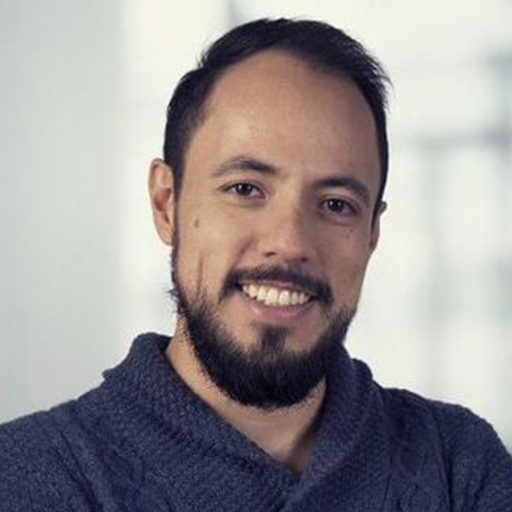Aim
Fleets of heterogeneous robots, such as ground vehicles and aerial vehicles, are deployed to accomplish tasks that are otherwise too inefficient or even infeasible for a single robot. Not only the overall efficiency of the team can be significantly improved by allowing the robots to move and act concurently; but also, the capabilities of the team can be greatly extended by enabling multiple robots to directly collaborate on a task. The former refers to task coordination, while the latter as motion coordination. In addition to their respective complexities, these two aspects are closely coupled and dependent, yielding it even more challenging to coordinate task and motion simultaneously. Moreover, their task and motion coordination are often subject to various constraints, including geometric constraints from the workspace; dynamic constraints from the robot model; and temporal constraints from the task specifications. How to address these constraints in a safe, efficient and real-time way remains an active and attractive research area. This workshop aims to bring experts in related domains (from both control and robotics backgrounds) together to brainstorm about these topics.
Particularly, we are interested in the following questions:
- Task coordination
- What are the challenges for task coordination of multi-robot systems, e.g., combinatorial complexity, marginal payoff, and temporal ordering of tasks?
- How to estimate the cost of a sub-team performing a task during planning?
- When and how to adapt within dynamic/adversarial environments?
- Motion coordination
- How to deal with geometric and dynamic constraints?
- How to optimize over a sequence of parameterized controllers?
- What if the motion planning is computationally expensive?
- Task and motion coordination
- How to ensure inter-robot communications?
- Should temporal constraints be handled at both levels?
- How to close the loop online during execution, periodic or event-triggered?
- How could learning help?
Speakers

|

|

|
|
Petter Ögren
KTH, Sweden |
Pedro U. Lima
Universidade de Lisboa, Portugal |
Héctor García de Marina
Universidad de Granada, Spain |

|

|

|
|
Leonel Rozo
Bosch center for AI; Universität Tübingen, Germany |
Yulong Gao
Imperial College London, UK |
Christos Verginis
Uppsala University, Sweden |
Organizers

|

|
|
Meng Guo
Peking University, China |
Siyuan Liu KTH, Sweden |